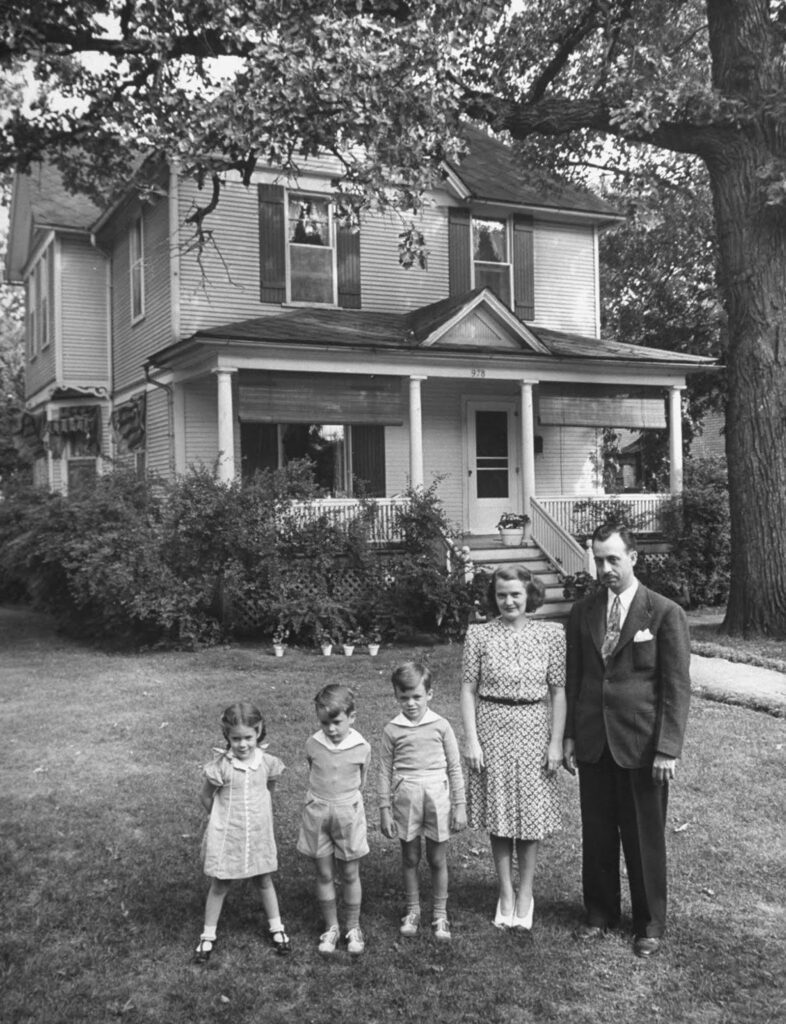
With little aid, no pay, and no other employment, LIFE magazine chose in 1941 to chronicle the life of one of the largest single demographics in the United States: the 30 million housewives who did most of the washing, made beds, cooked meals and nursed practically all the babies of the nation.
The magazine decided to feature Jane Amberg from Kankakee, Illinois, a “modern, young, middle-class housewife.” She met Gilbert Amberg on a blind date about 1927. Three years later, Jane was twenty-one and they were married. LIFE recorded the tasks Jane carried out to ensure their house operated properly.
At the time, it stood for the duties of millions of other American women: seamstress, chauffeur, laundress, chambermaid, cook, dishwasher, waiter, nurse, etc. For Jane, a maid paid $0.35 an hour came in periodically to clean the windows and sweep the floor.
Through all of this, Jane had to be her husband’s “best girl” away from the house. The couple visited friends, went to movies or supper once a week. At home they provided entertainment as well. Soon all of this would change. On December 7, 1941, the Japanese navy attacked Pearl Harbor unexpectedly just over two months after the article was published. America signed on to World War II.
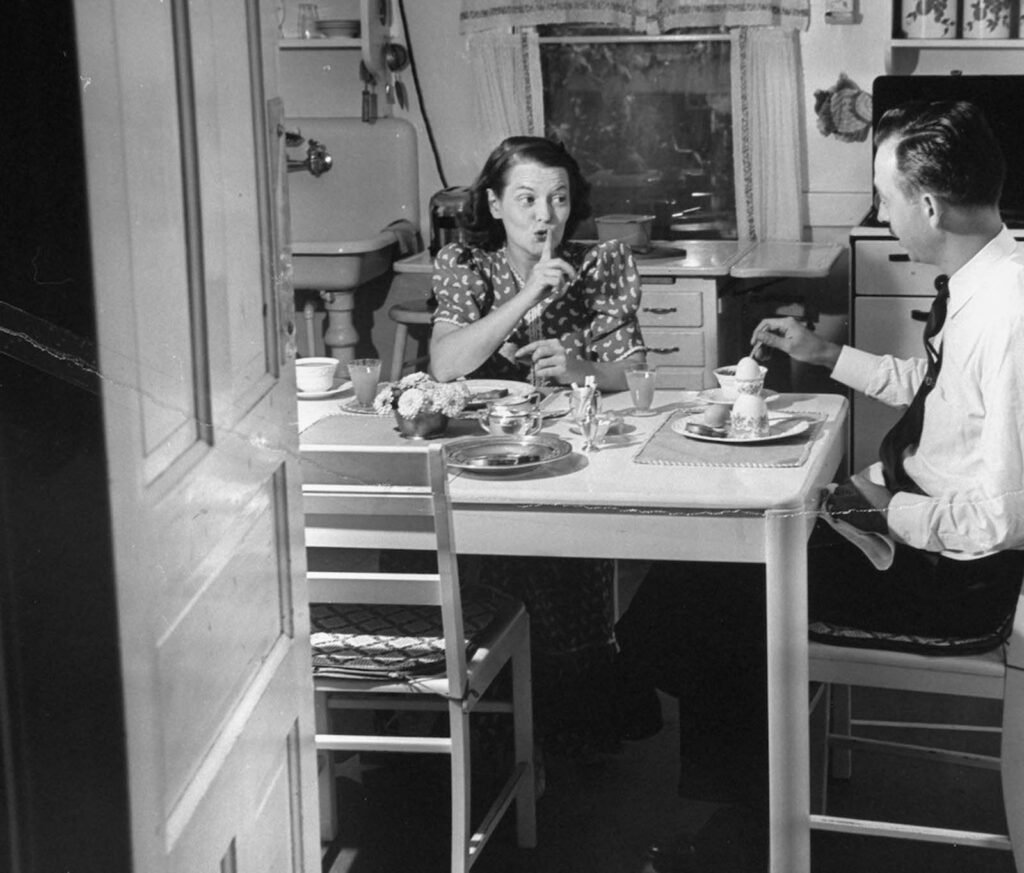
World War II affected not only the kind of employment women engaged in but also the amount of it. Between 1940 and 1945 five million women started working. The labor force gap left by retreating troops presented chances for women. Especially World War II drove many women to work in manufacturing and defense plants all throughout the nation.
Particularly in the aircraft sector, where most workers were women by 1943, these jobs offered hitherto unheard-of chances to enter fields traditionally thought of as exclusive to men.
Social pundits cautioned women to go back to their “rightful place” in the house as soon as victory was imminent, fearing that males returning from war service would find no employment.
Women were laid off in great numbers towards the close of World War II, even while as many as 75% of them said they intended to keep working following the war.
Still, women’s involvement in the labor recovered rather fast. Though the image of the “1950s housewife is one, by 1950 over 32% of women were working outside the house and of those, roughly half were married. World War II had confirmed the reality that women were working to remain.
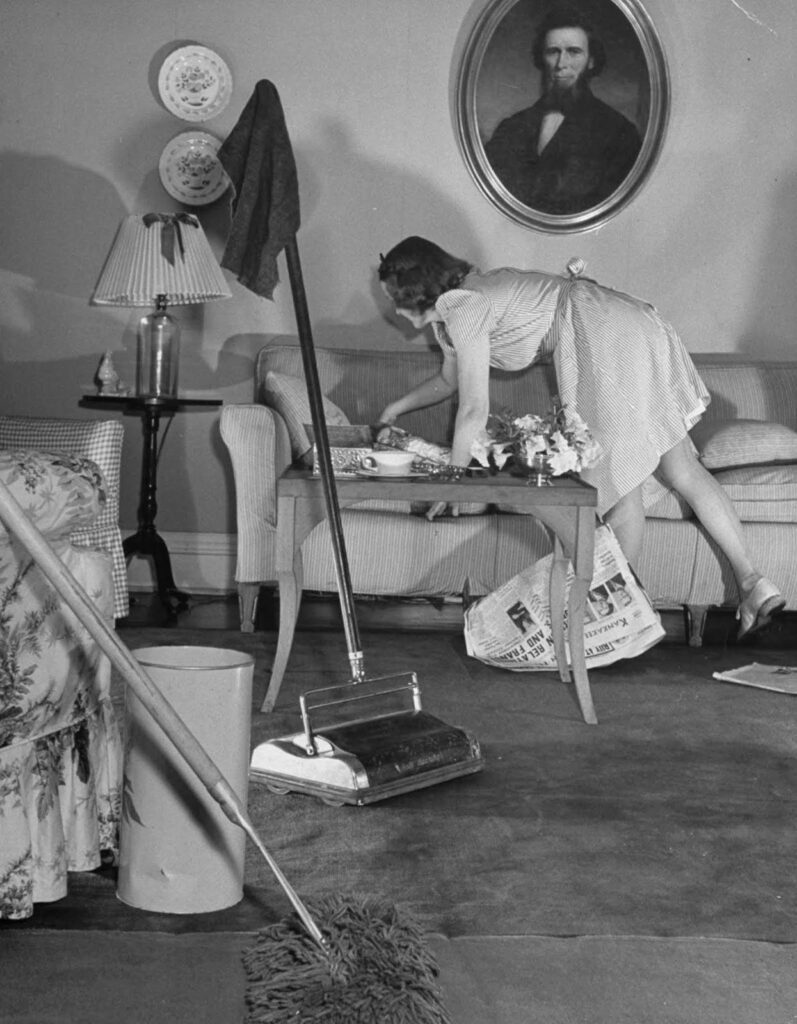
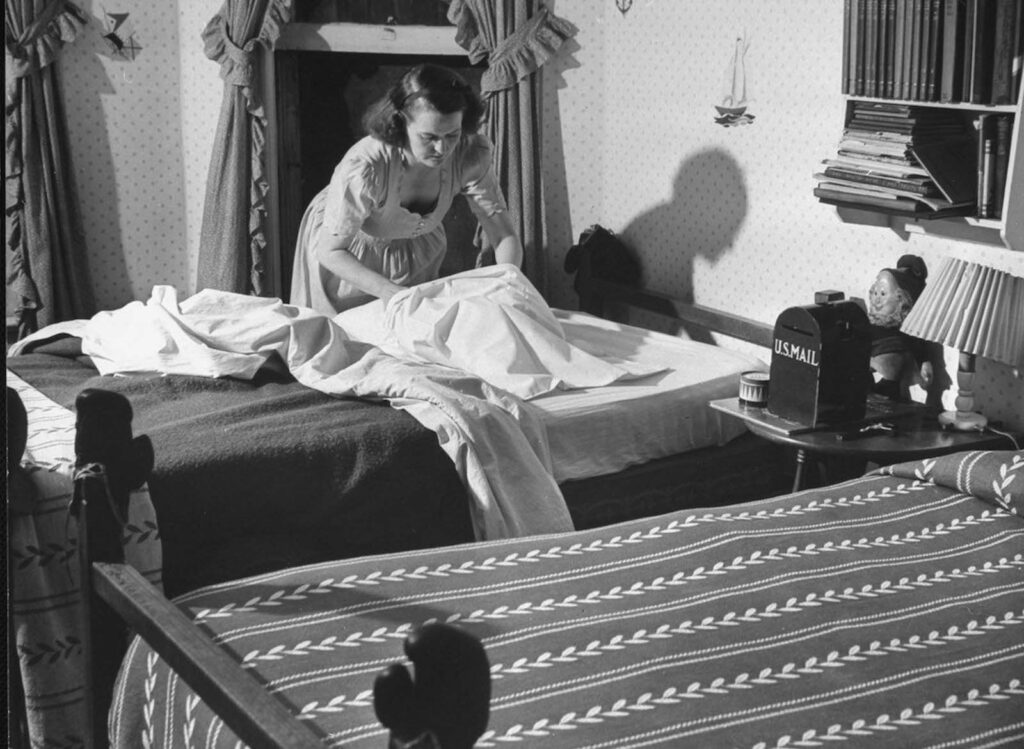
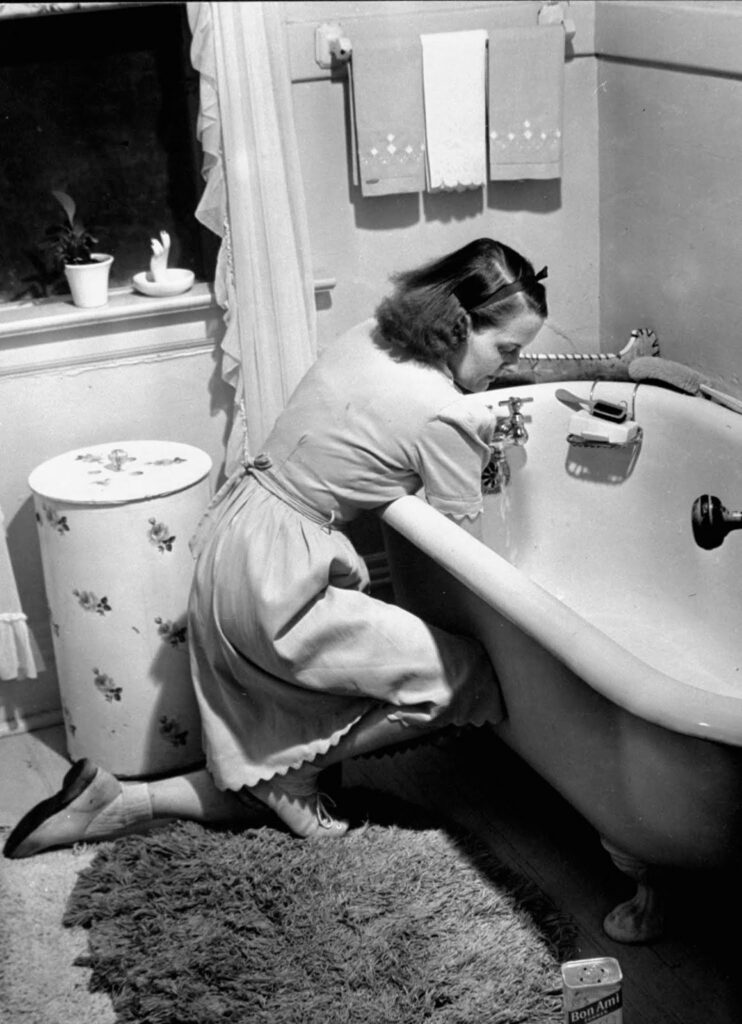
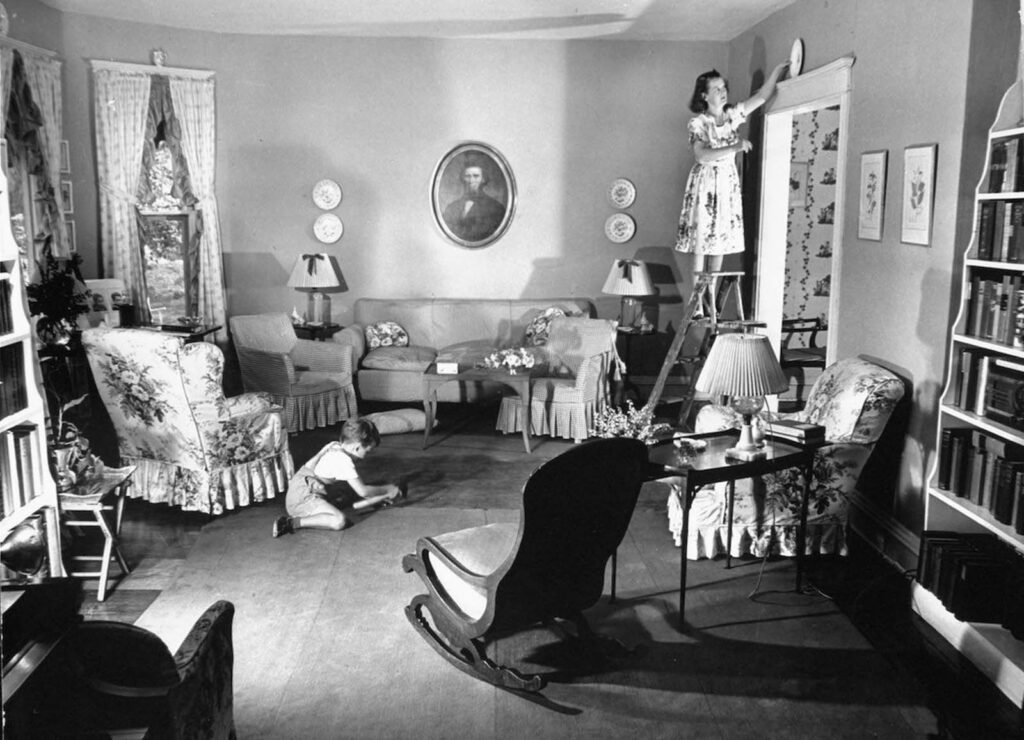
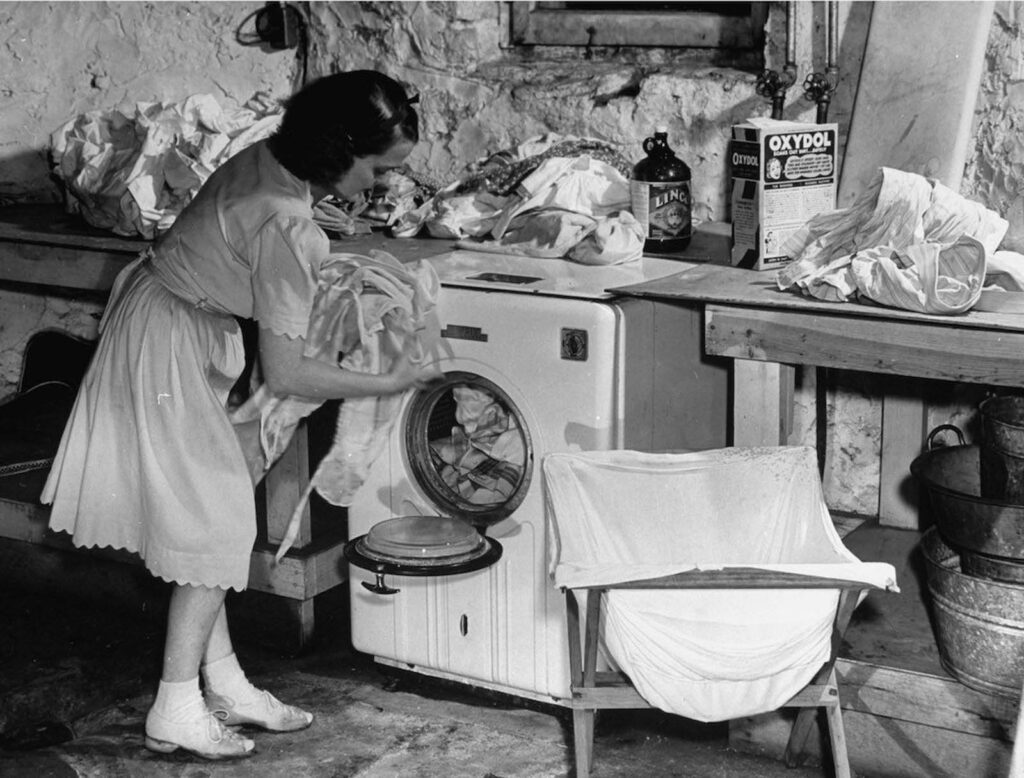
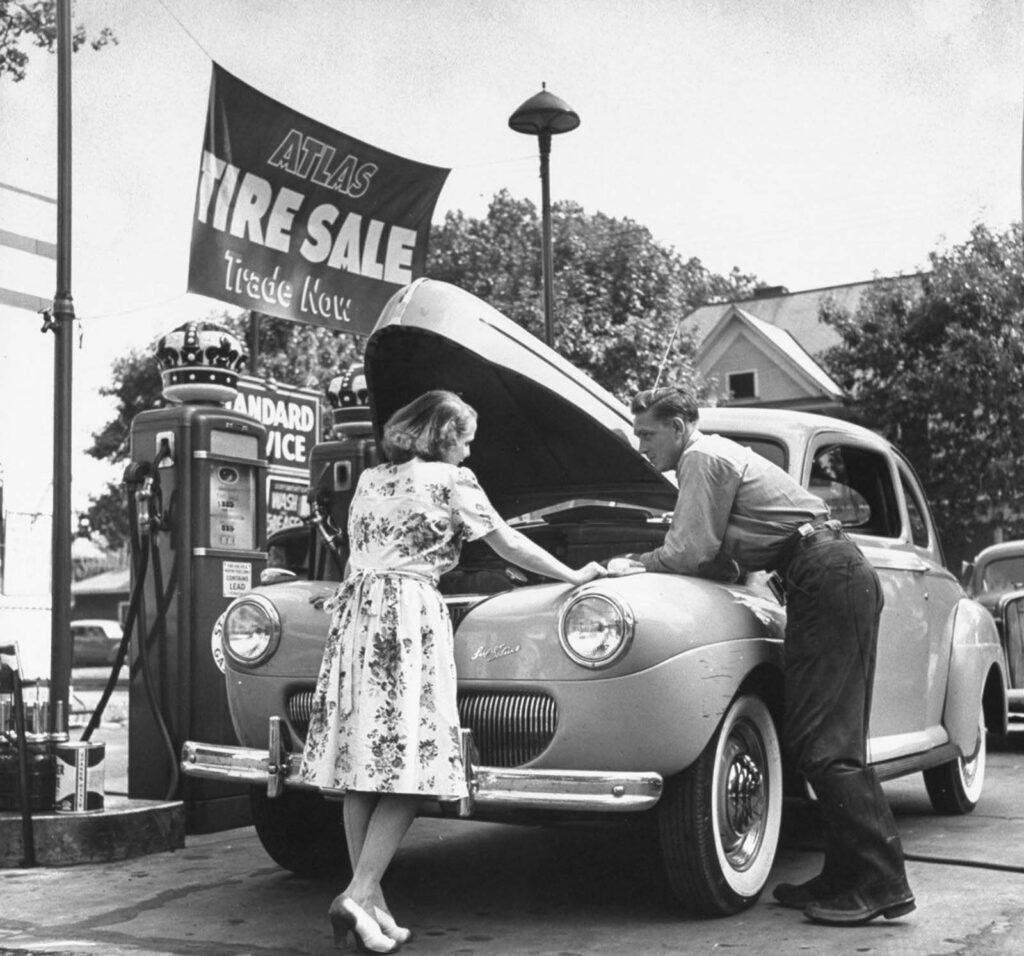
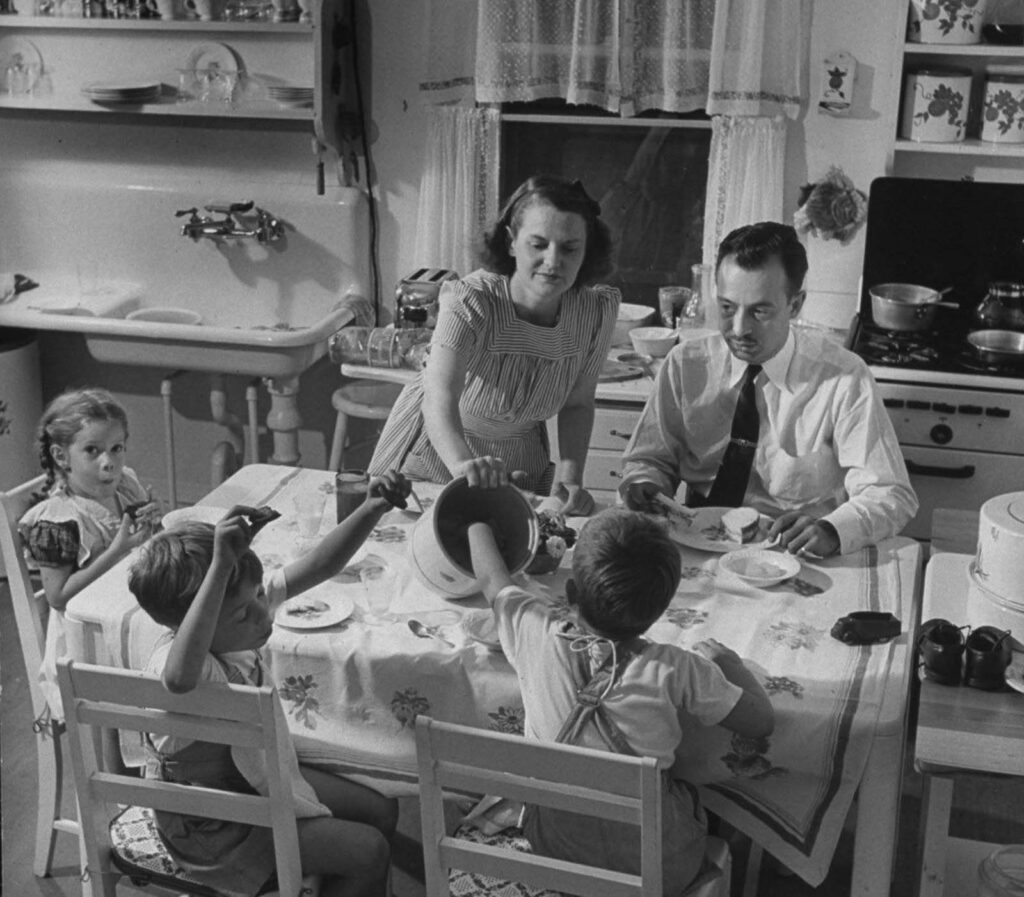
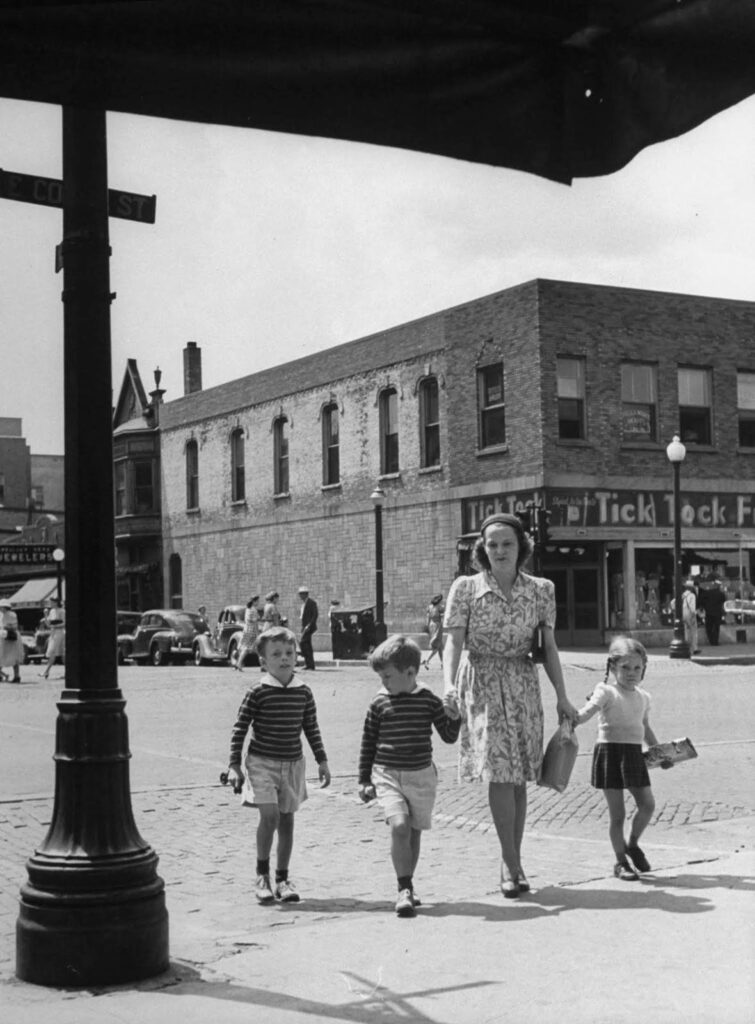
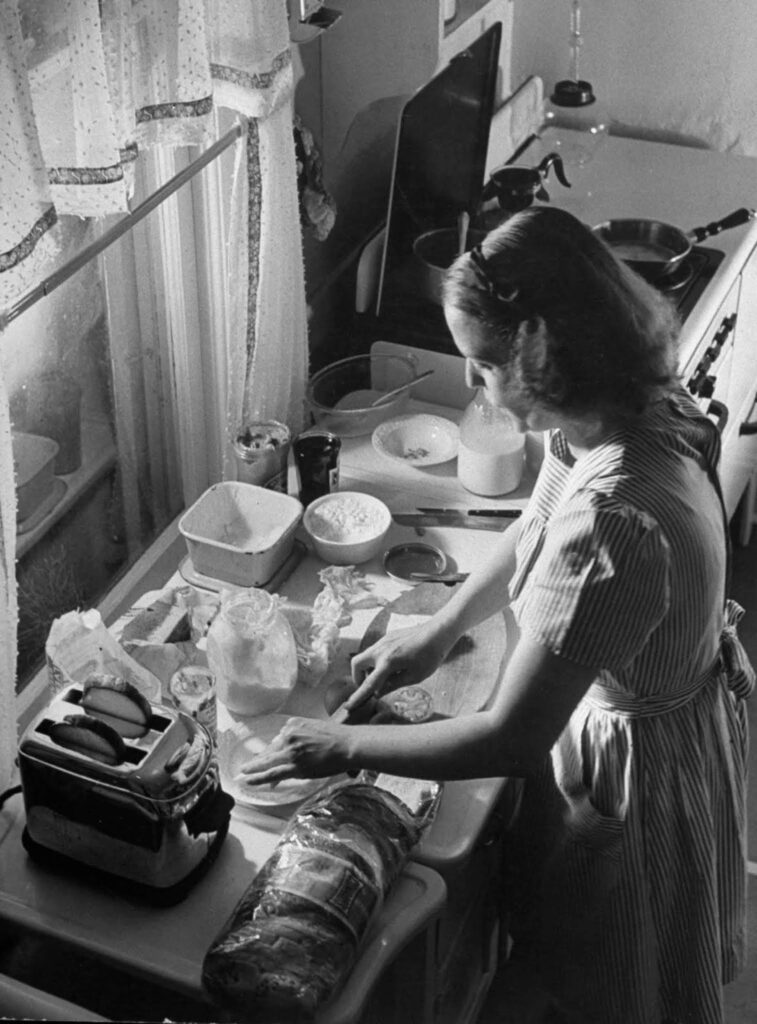
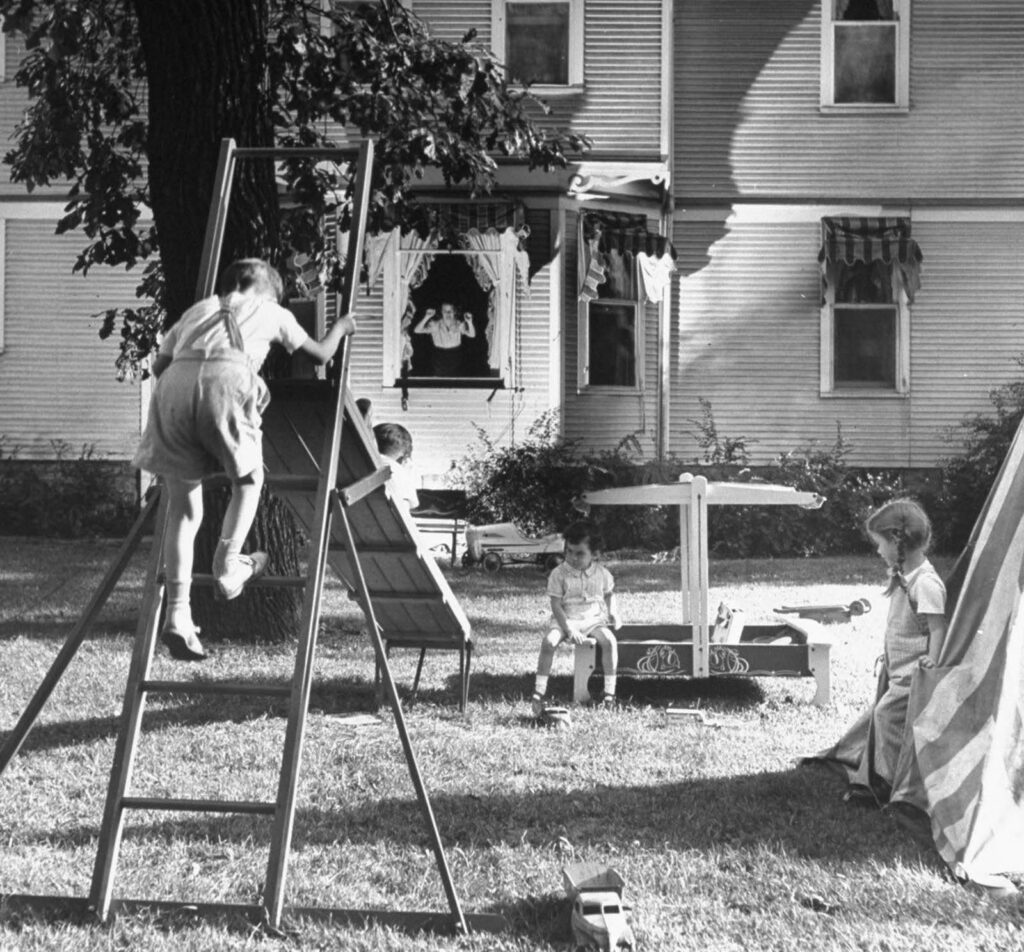
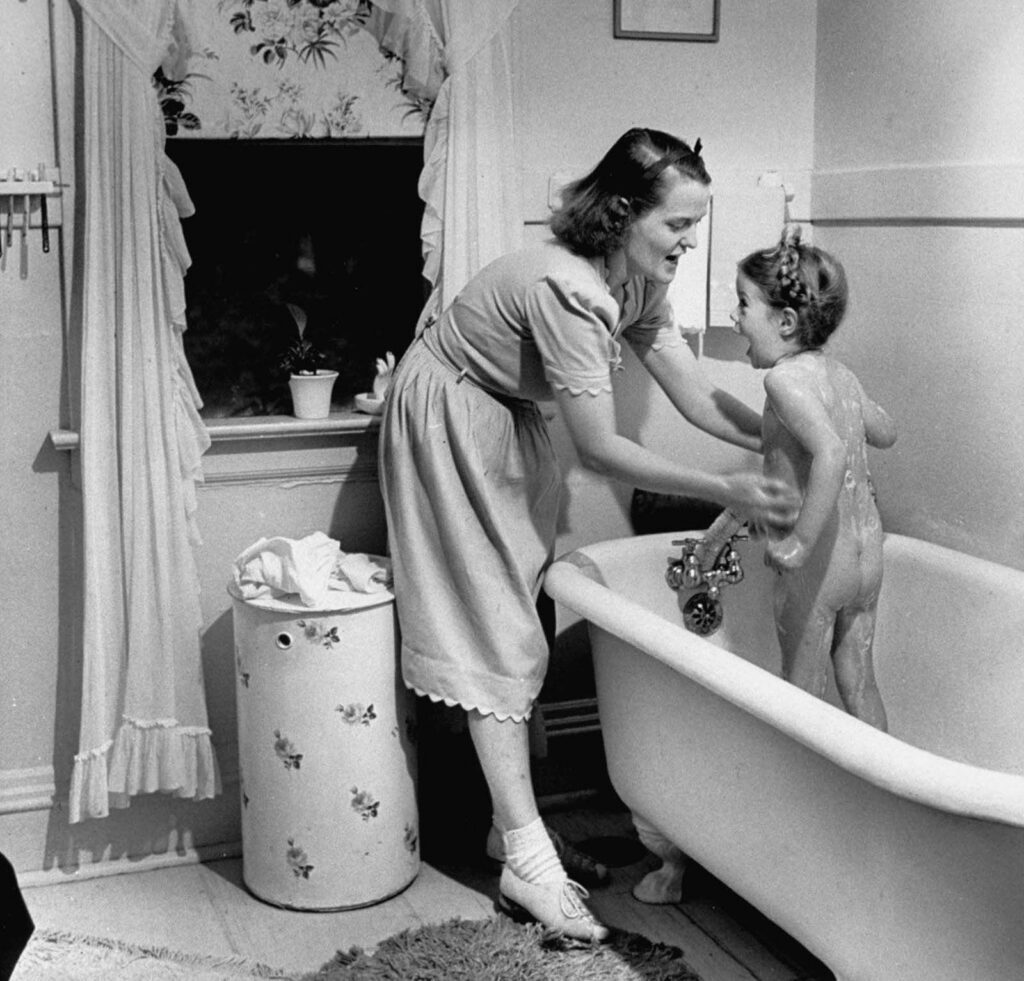
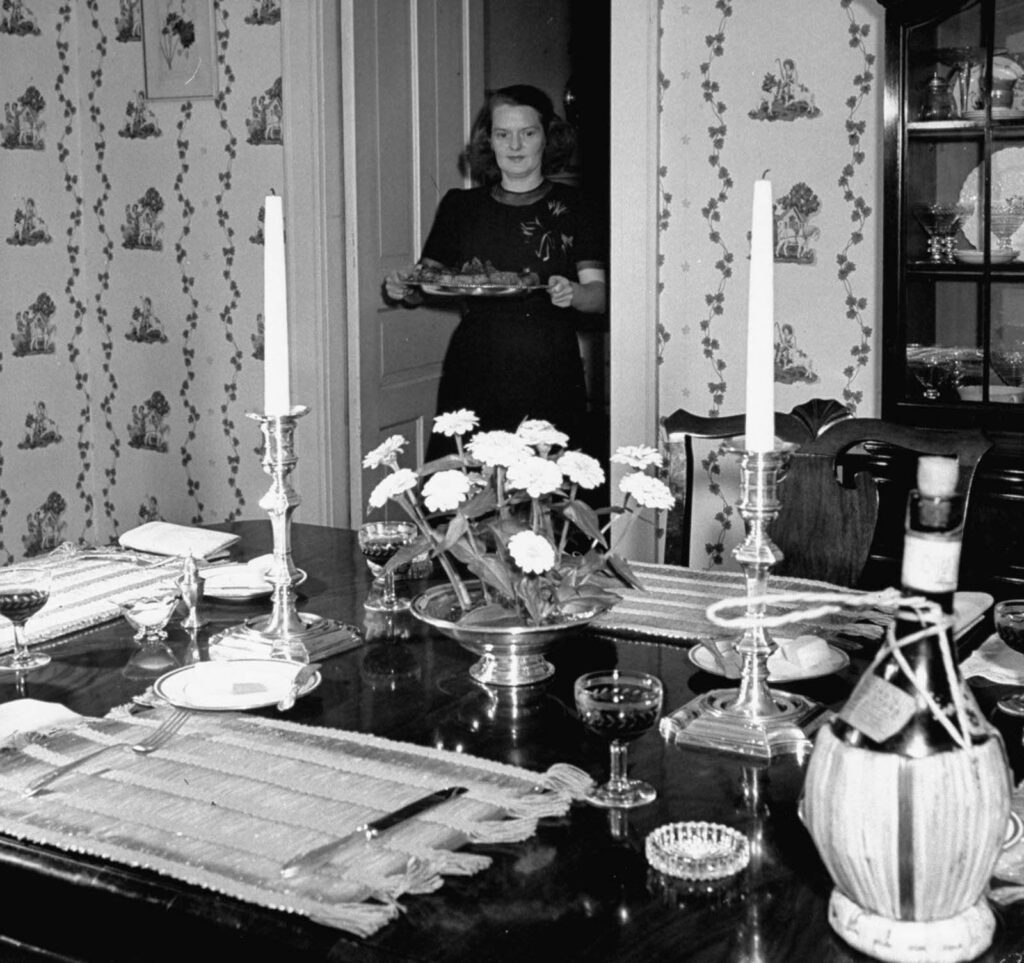
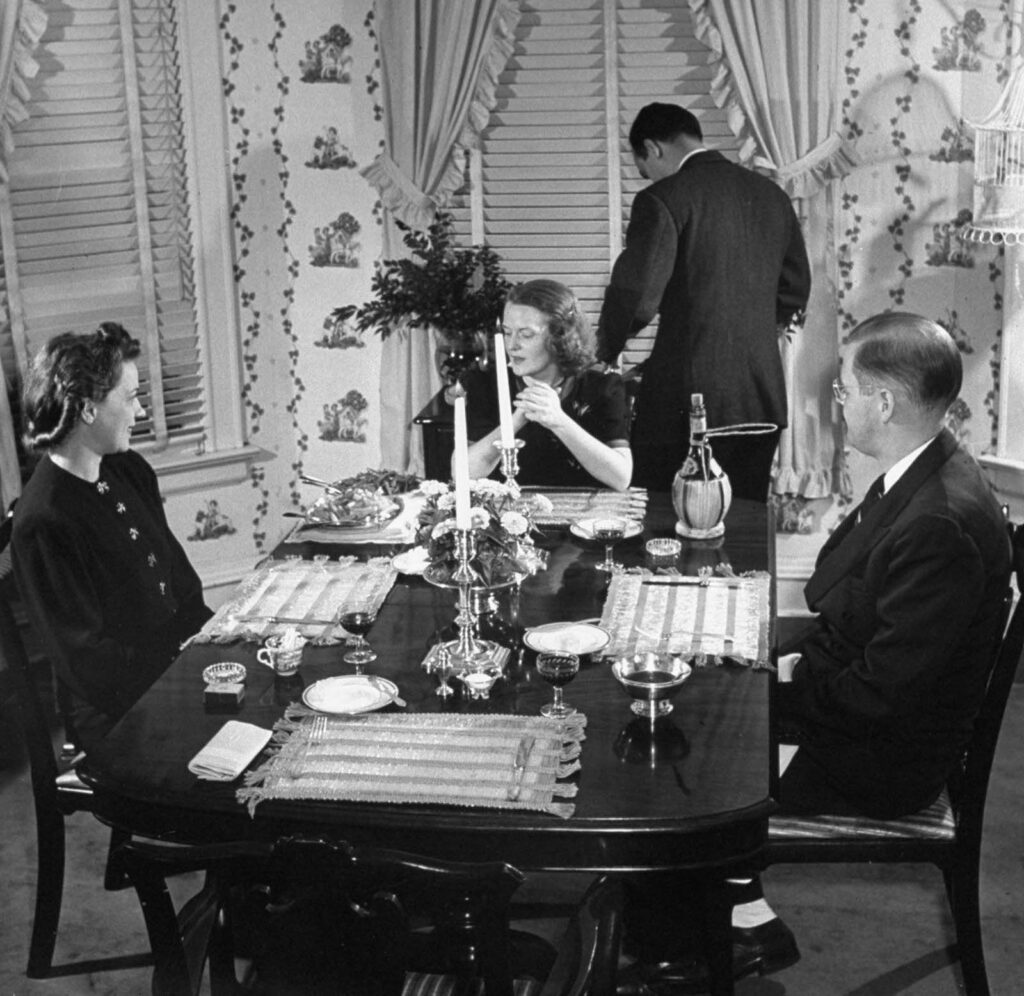
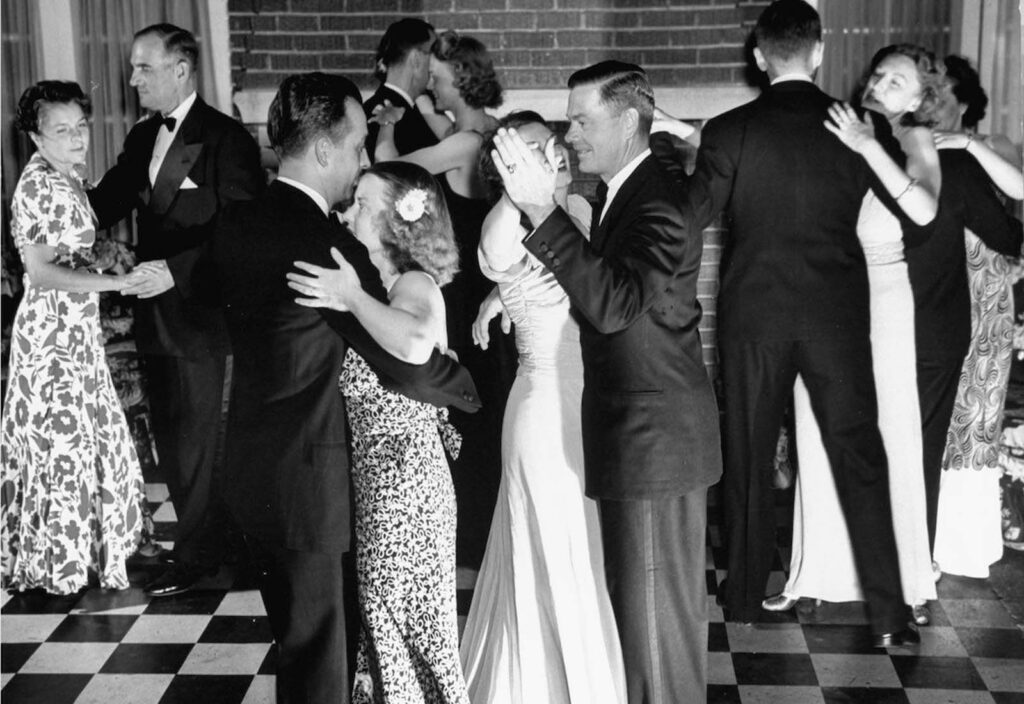
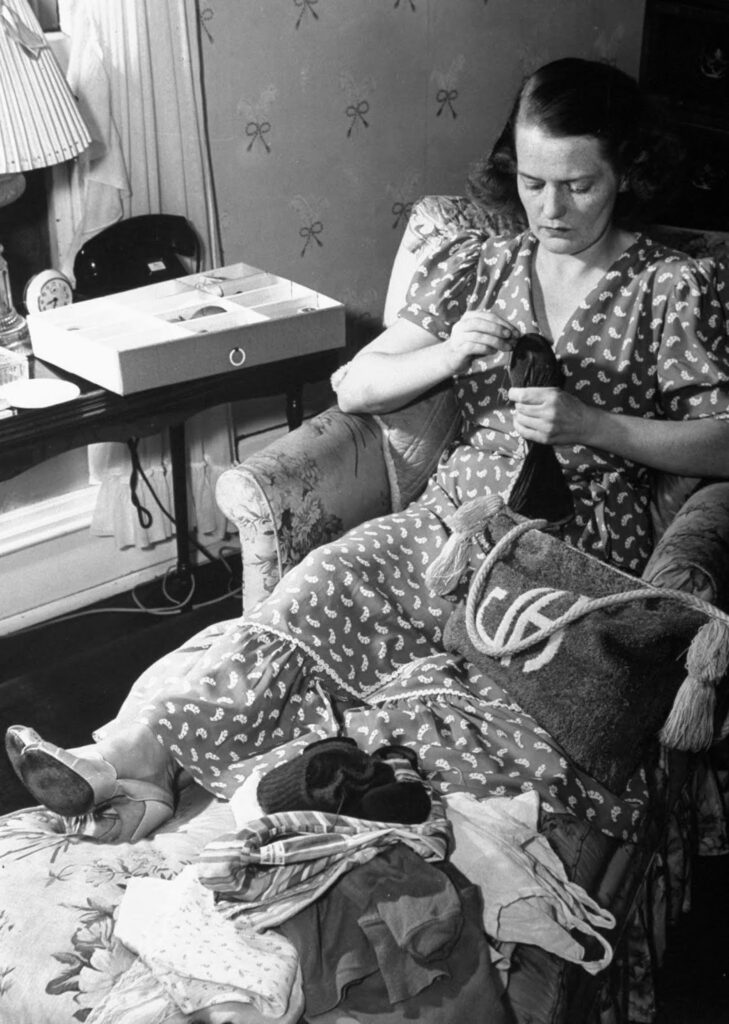
(Photo credit: William C. Shrout / Life Magazine).


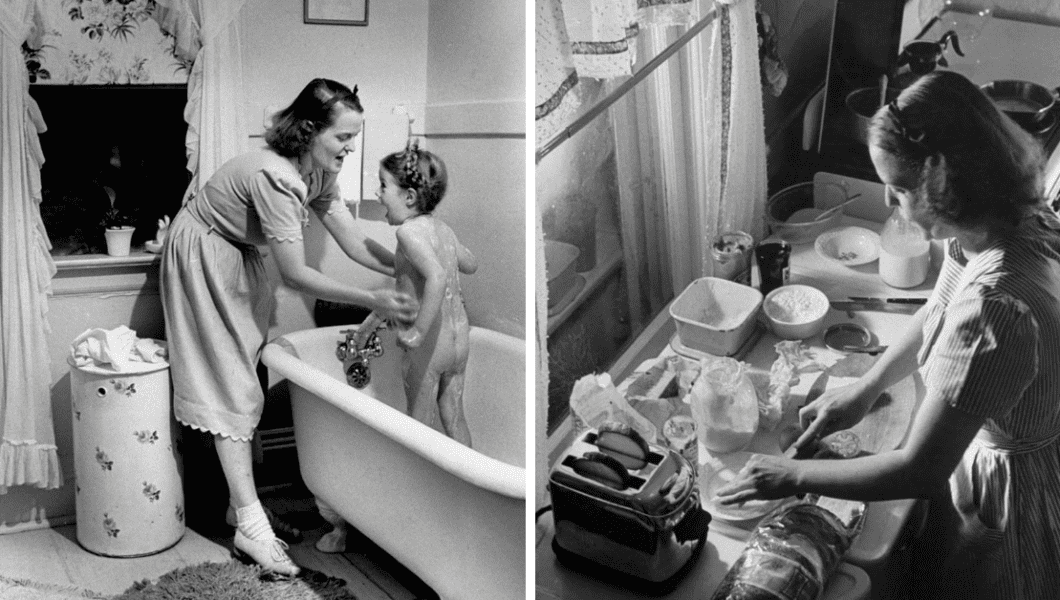

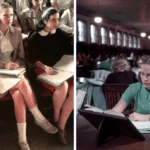
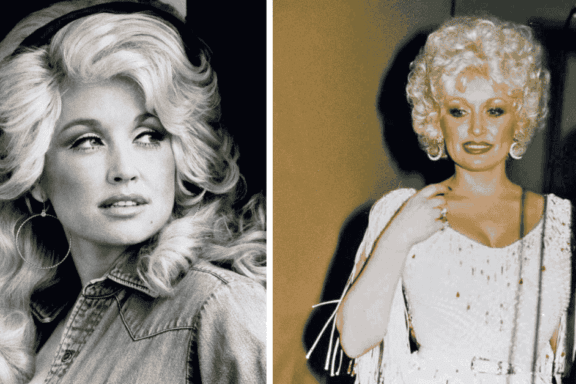


No Comments